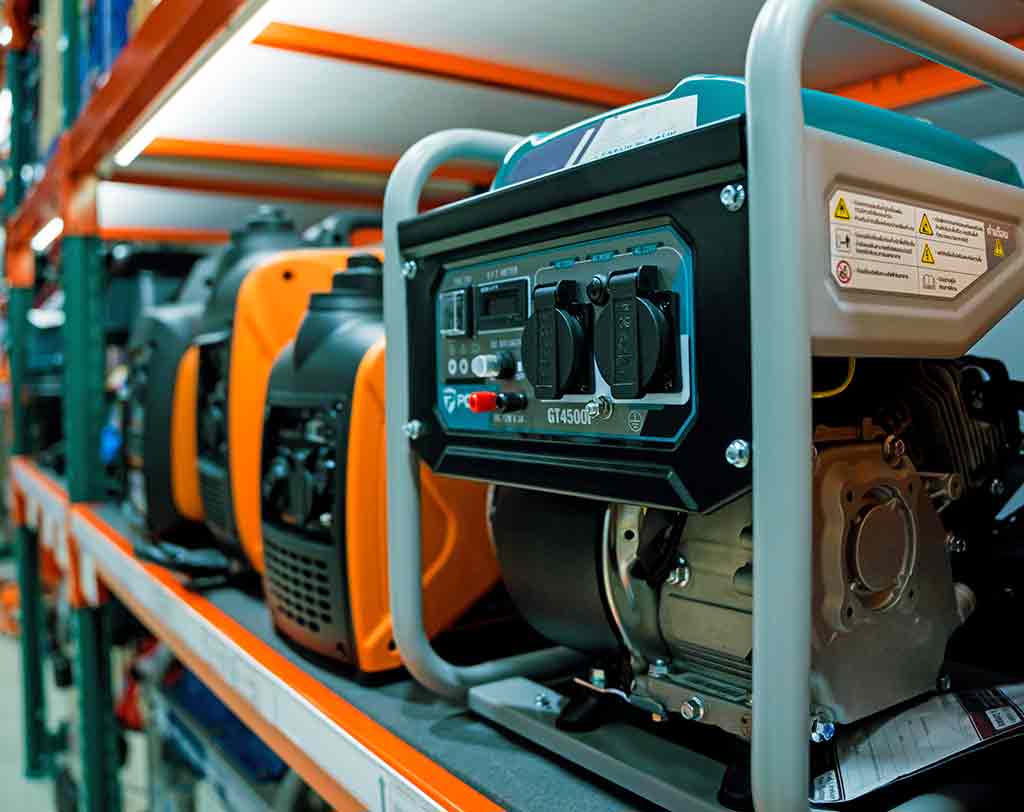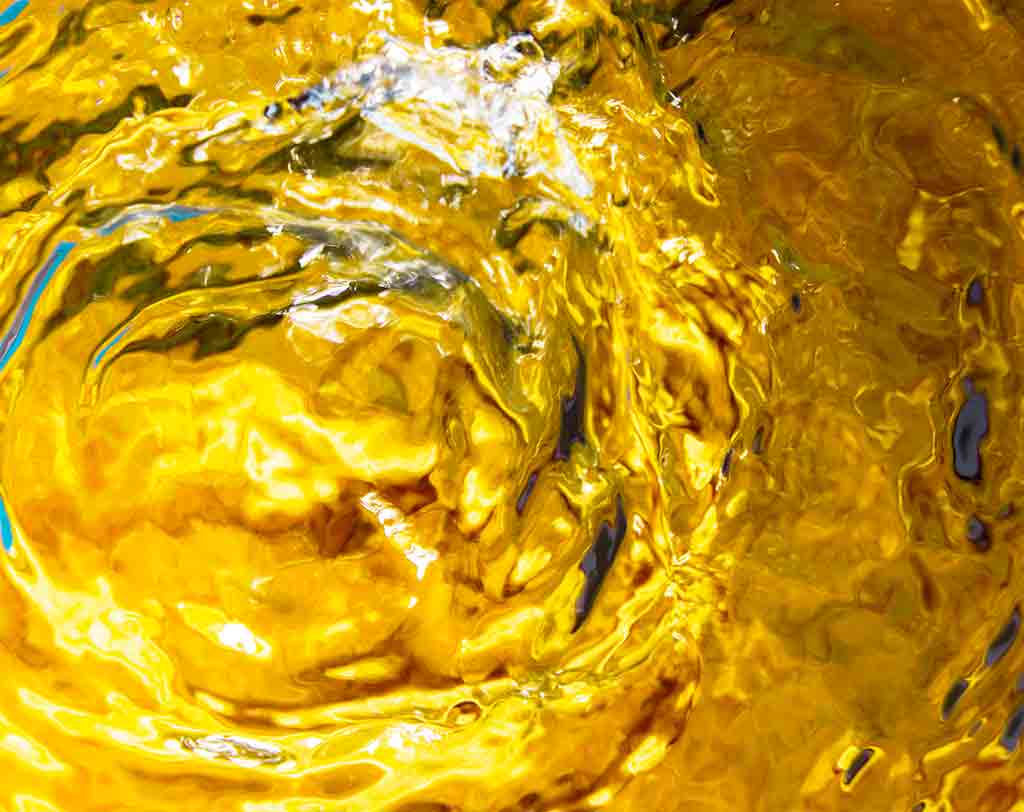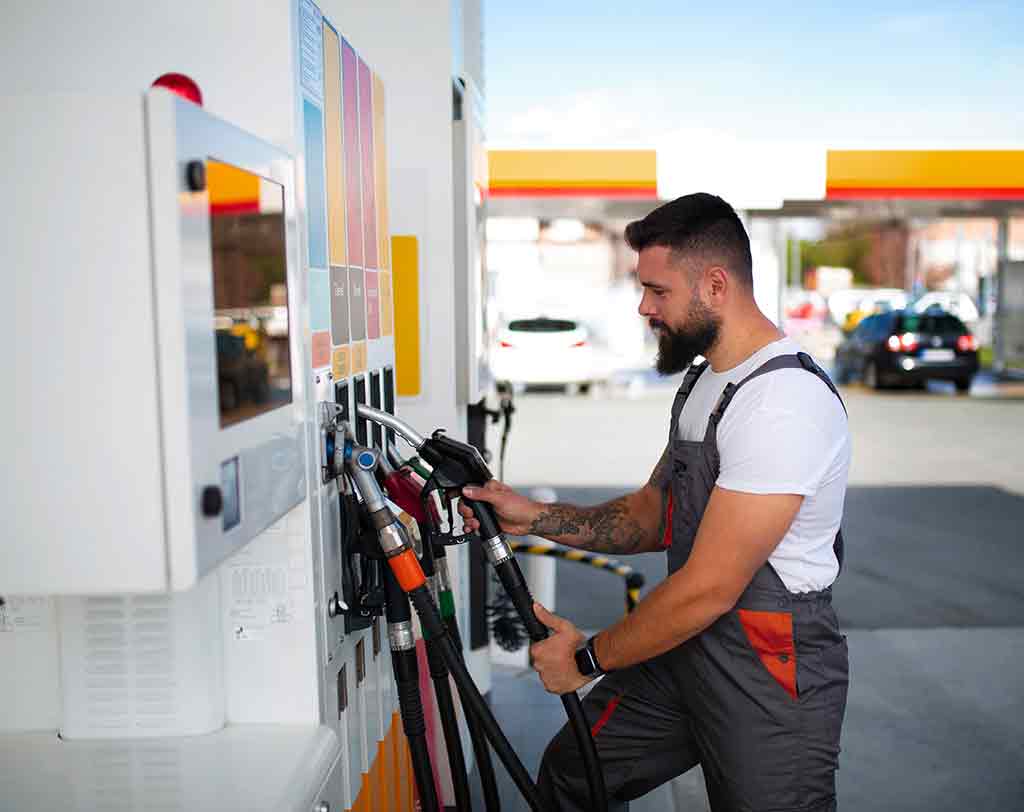Our Analysis Services
Gasolines According to EN 228
Gasolines are a mix of various hydrocarbons with boiling ranges between 30 and 210°C, which may include oxygenated compounds like alcohols and ethers.
Diesel Fuels According to EN 590
Diesel fuels are a blend of different hydrocarbons with boiling ranges between 180 and 360°C. In Austria, the biodiesel content is capped at 7%.
HVO According to EN 15940
HVO (Hydrogenated or Hydrotreated Vegetable Oil) are hydrocarbons produced through the catalytic hydrogenation of vegetable oils.
Ethanol According to EN 15376
Ethanol is used as a blending component for gasoline.
Biodiesel (FAME) According to EN 14214
Biodiesel, or fatty acid methyl esters (FAME), is made by transesterifying vegetable oils or animal fats, including used cooking oils.
Heating Oil Extra Light (HEL) According to ÖNORM C 1109
HEL is a hydrocarbon mixture with boiling ranges between 180 and 360°C. In Austria, it must be dyed red and include an additional marker.
Residual Fuel Oils According to ÖNORM C 1108
Residual fuel oils (light and heavy heating oil) are hydrocarbon blends containing fractions from the vacuum distillation of crude oils.
NOX Reducing Agents According to ISO 22241-1
These are aqueous urea solutions used to reduce nitrogen emissions, such as AdBlue.
Pyrolysis Oils
Pyrolysis oils are boiling fractions derived from the thermal decomposition of materials like plastics or wood.
Glycerine
Glycerine is a byproduct of biodiesel production.


 Contact
Contact



 Contact
Contact Career
Career